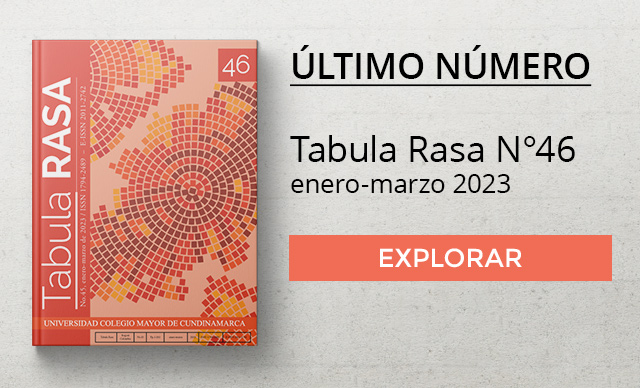https://doi.org/10.25058/20112742.n45.04
Perla Massó Soler y Calixto Massó Bizet
Universitat de Barcelona
Abstract:
This article delves into the intersections between ethnoraciality —with whiteness and Afro-Cuban as key analytical categories— and popular ethnoreligiosity in Cuba, as referred to the magical-religious practices of African origin, highlighting santeria or the rule of Ocha. To do this, we draw from an analysis of the Afro-Cuban as a theoretical and cultural object built by white intellectual elites, where whiteness narratives operate as an exclusive definition of the Black and its role in Cubanness. From this background, we will approach the phenomenon of increasing affiliation to Afro-Cuban religions by people within and outside of the island who see themselves as white. How is whiteness built and situated in a context of religious practices that have historically been related to Black communities? We believe the promotion of the once known «religions of poor Black people», with an emphasis on santeria or the rule of Ocha-Ifa, as a new banner of Cubanness, calls for an approach centered in the individuals that guarantee the survival of those practices.
Keywords: santeria, Afro-Cuban, whiteness, Cubanness.







